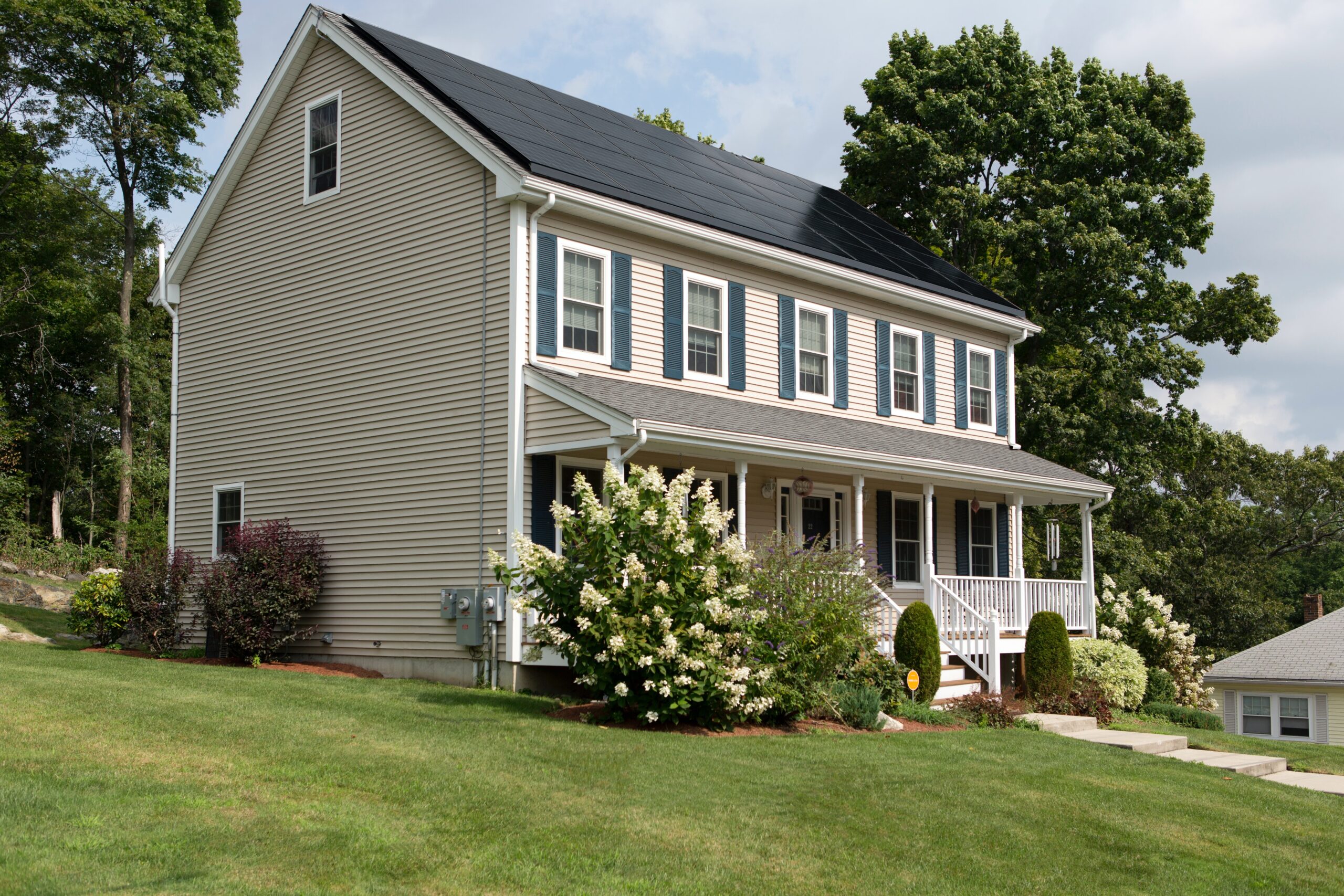
In our quest for a snug and convenient lifestyle, it’s often easy to overlook the environmental cost that comes with modern living. However, adopting a greener lifestyle isn’t about giving up comfort; it’s about making mindful choices that benefit not just ourselves, but the planet as well.
Your Daily Commute
The call of duty often comes with a daily commute. Whether it’s darting through bustling city streets or cruising along serene country roads, the way we choose to commute holds significant sway over our carbon emissions. Opting for public transportation or car-sharing can be a step towards reducing individual carbon emissions. Even better, cycling or walking not only curtails emissions but also provides a chance for daily exercise, blending eco-friendliness with personal health benefits.
Now, if the personal car is indispensable to your routine, consider switching to a hybrid or electric vehicle. With the evolution of automotive technology, eco-friendly cars no longer compromise on performance or comfort. They stand as a testament to how one can balance modern conveniences with environmental responsibility, making every journey a step towards a greener future.
Home Energy Usage
Our homes are our havens, yet they can be a hotbed for energy consumption. Simple adjustments like switching to LED bulbs, investing in energy-efficient appliances, and being mindful of heating and cooling usage can bring about a tangible difference. Moreover, harnessing renewable energy by installing solar panels is a robust step towards reducing household carbon emissions. It’s an investment that not only pays back over time but also contributes to a cleaner, greener environment.
Day-to-day actions like turning off lights when not needed, unplugging devices, and opting for natural light over artificial wherever possible, can also make a significant dent in energy consumption. Over time, these small changes can morph into a substantial reduction in your home’s carbon footprint, proving that every little action counts.
Sustainable Menstruation
When it comes to menstruation, the traditional products like pads and tampons contribute to a significant amount of waste. However, the conversation is shifting towards more sustainable options. Menstrual cups, cloth pads, and organic tampons are gaining traction for being both eco-friendly and body-safe. Brands like Daye are stepping up, offering products that are not only gentle on the environment but also on the body.
Having a conversation about sustainable menstruation is pivotal. It’s about breaking the taboo and making everyone comfortable with eco-friendly menstrual products. The more people are educated about and comfortable with these products, the more they are likely to make the switch, contributing to a collective reduction in waste.
Mindful Consumption
The consumerist culture often nudges us towards buying more than we need. Mindful consumption is about pausing before making a purchase and evaluating its necessity and impact. Opting for products with less packaging, or those made from recycled or sustainable materials, is a step towards reducing waste and carbon emissions.
Supporting local businesses and artisans not only bolsters the local economy but also typically involves lower carbon emissions compared to purchasing products shipped from afar. It’s a tangible way to make your consumption patterns more sustainable, fostering a greener community and planet.
Final Thoughts
Embarking on a greener lifestyle is a journey of many small steps. Each area of our lives holds the potential for eco-friendly changes, and with mindful choices, we can significantly trim down our carbon footprint. It’s about crafting a legacy of environmental stewardship, ensuring a verdant, vibrant world for generations to come.
Post in collaboration